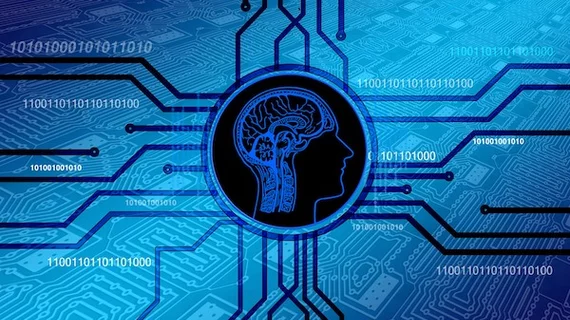Machine learning gaining importance in imaging field
Seventy-seven percent of imaging professionals said machine learning is important in 2018, according to a recent report by Reaction Data. The findings signal an increase in use and understanding of machine learning among imaging professionals in the healthcare industry.
By comparison, just 65 percent of professionals said machine learning was important in 2017, while 16 percent said it wasn’t important and 19 percent were neutral. For 2018, only 11 percent of respondents said it wasn’t important and 12 percent were neutral. Additionally, 16 percent of imaging professionals said they don’t ever plan on utilizing machine learning.
The report also revealed more professionals are starting to understand the technology. For 2018, 59 percent of professionals said they understood machine learning, while 21 percent said they don’t understand it and 20 percent were neutral. That was an increase from 2017, when 52 percent of professionals said they understood machine learning, while 32 percent didn’t and 16 percent were neutral.
“Machine Learning is one of the hottest topics in healthcare today, especially in medical imaging. It promises to provide efficiencies in several areas with the expectation of improving quality while decreasing costs,” the report stated.
The use of machine learning for breast imaging decreased from more than 35 percent to about 21 percent between 2017 and 2018; the machine-learning use for lung imaging increased from about 11 percent to about 21 percent during the same time period. Other current uses of machine learning included: cardiovascular, chest, bone, liver, neural and pulmonary imaging.
The report featured responses from imaging and radiology professionals from 152 various healthcare organizations. Radiologists represented 32 percent of respondents, directors of radiology made up 19 percent and imaging techs made up 18 percent. Picture archiving and communication system (PACS) administrators, radiology managers and chiefs of radiology were also among the respondents.

